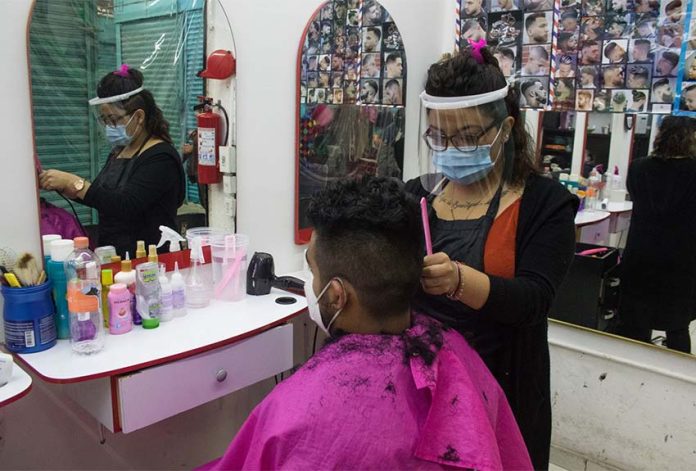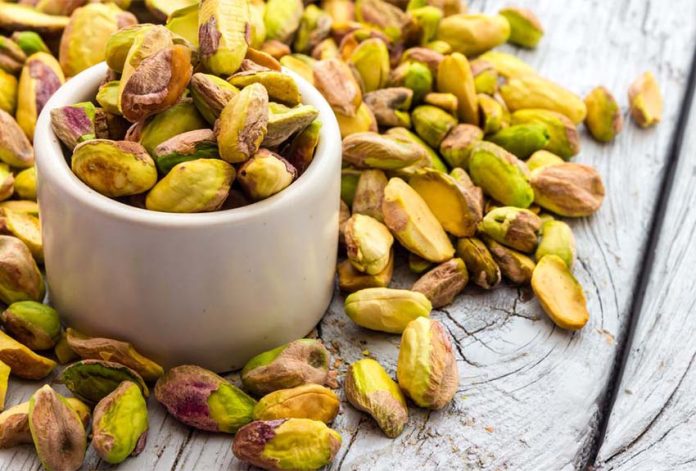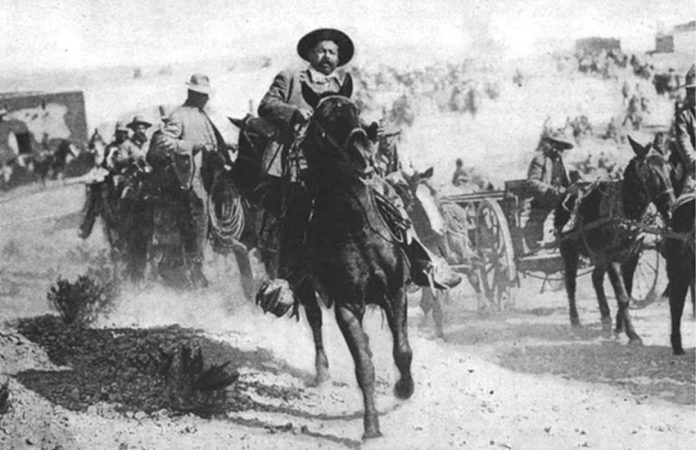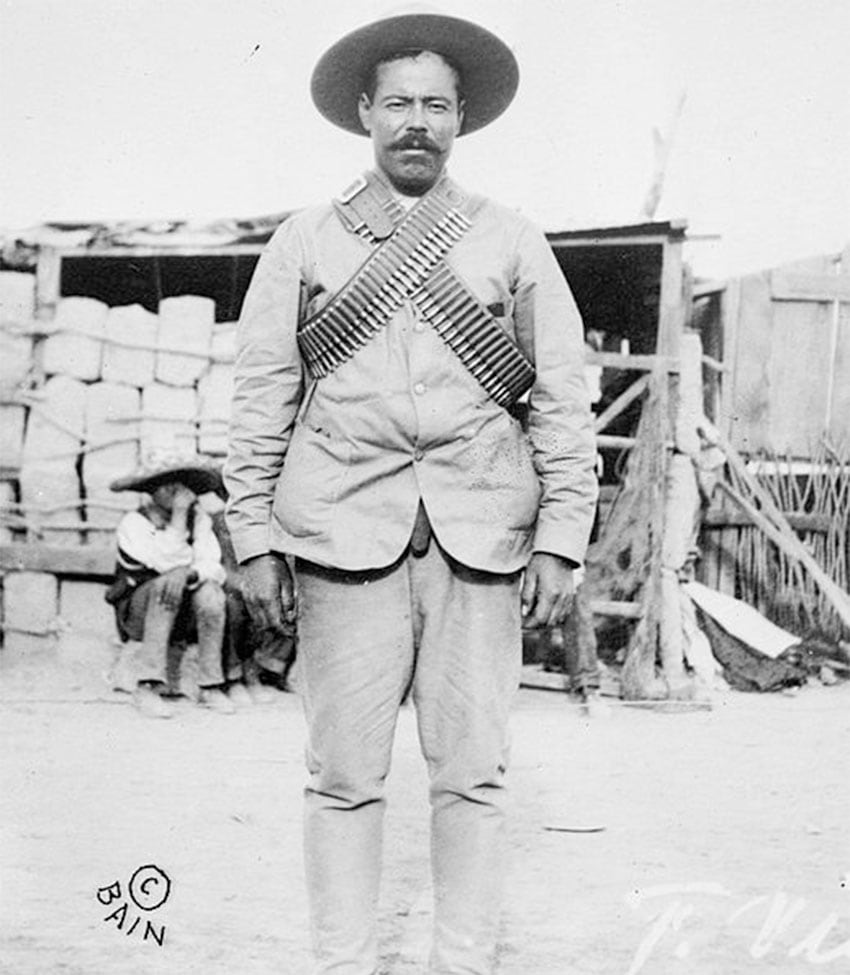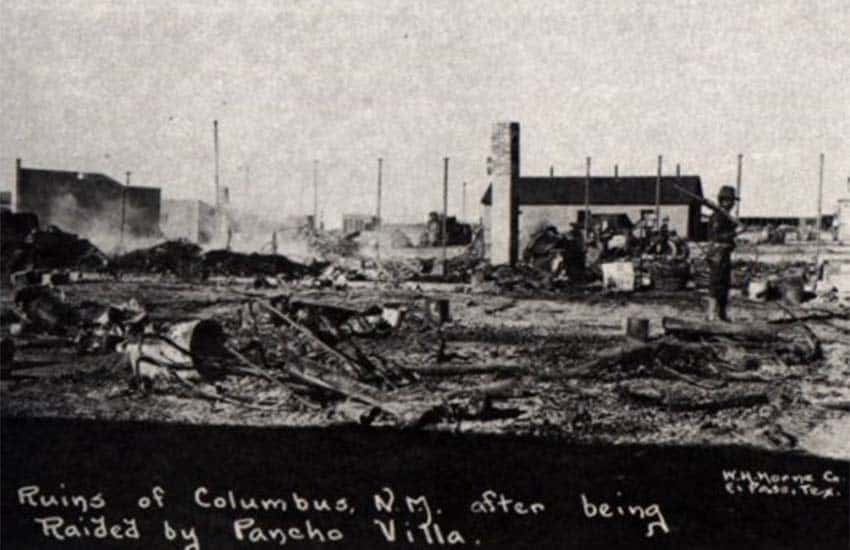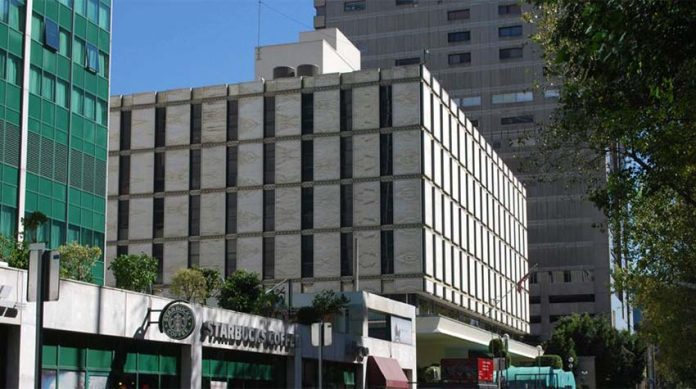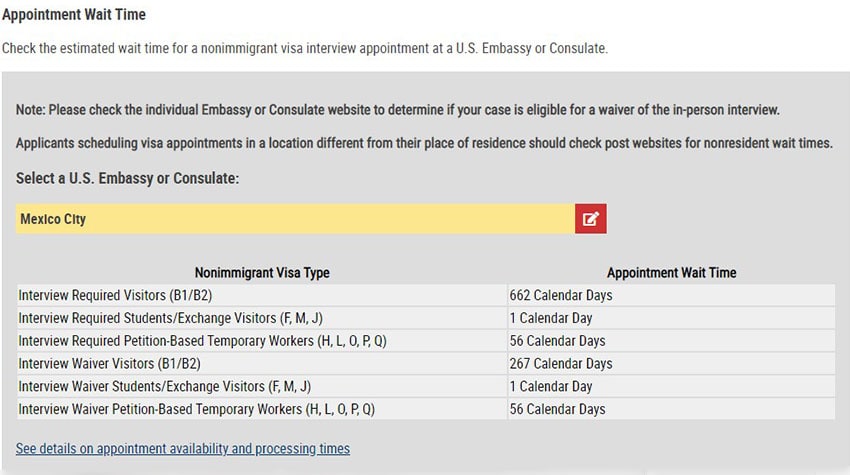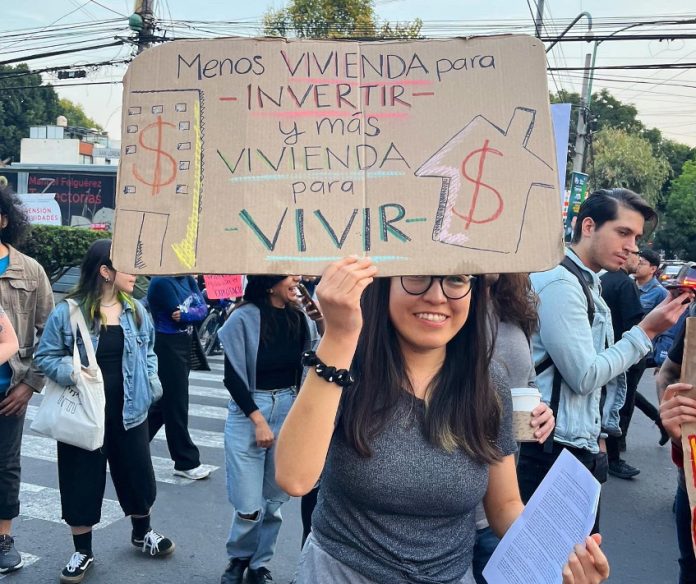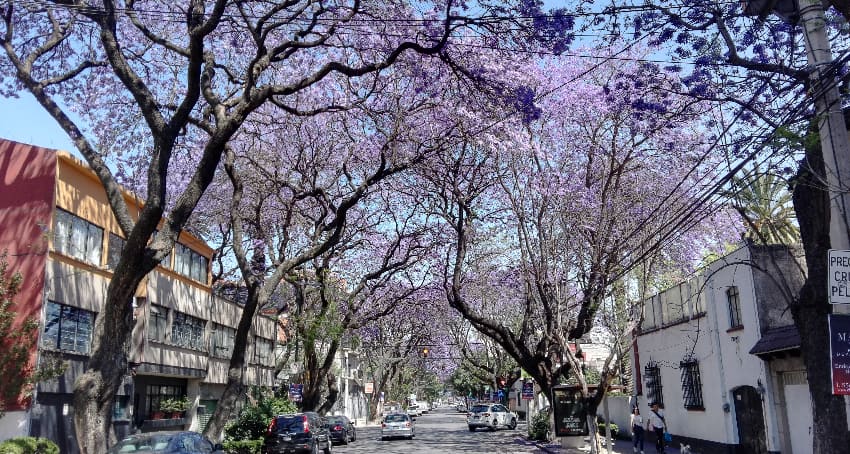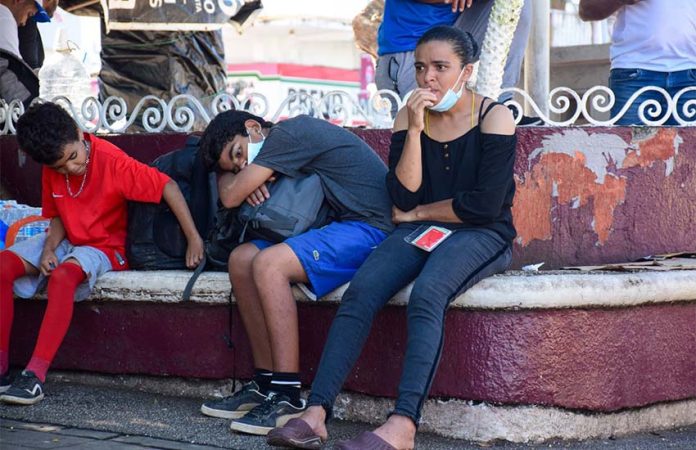Last weekend, I got a pedicure … and a manicure!
My sister and I had taken advantage of the fact that I was in Texas to visit my other dad in Waxahachie, about 60 miles north of Waco. Both funnily and sweetly, getting pedicures is something that the two of them always do together when she visits. This time, I went along for the ride.
I’m a little squeamish about people touching my sensitive feet (every touch seems to tickle or hurt), but a bit of a massage after a week and a half of constantly being on my them sounded like a pretty good idea even to me.
We went to a place in a strip mall that was apparently very popular. The space was lined with massage chairs and foot tubs — surely over 50 of them — and was staffed exclusively by Asian women, with a few men who seemed to be administering things. The pedicure was nice, but the massage chair was what I was really there for. I decided to get their most basic manicure as well, which is basically cuticle removal.
It wasn’t a bad experience, but I can’t wait to get back to my regular place in Xalapa, Veracruz. It’s small, they know me and we can both understand and hear each other without too much background noise.
Now that I live in Mexico, I’m extra fancy.
You wouldn’t know that, seeing me around other women here in Xalapa, though: most of them are extra fancy as a matter of course. My fanciness is mostly just noticeable when I come to the U.S.
I normally get my nails done every two to three weeks and go to the hair salon every two to three months. I’m in the process of as-of-yet not-very-effective laser hair removal – how I dream of not spending precious minutes shaving my legs in the shower! Once or twice a month, I get a massage from someone who comes to my house for about US $30. The most expensive treatment I’ve done is Botox, which was about US $300 for everything from the neck up. The effect was cool, but even at that price, the four months it stuck around wasn’t quite enough (to me) to justify maintenance. Guess I’ll just look my age.
I can get my hair cut and styled at a fairly fancy salon for under US $25, and I can get my nails done, even with cool designs and acrylic extensions, for under 20 bucks. For a while, I had those mink eyelashes put on, my justification being – aside from them just looking super pretty – that if I didn’t need to apply makeup for work (this was during my days of teaching Chinese kids online at four in the morning), I could sleep a bit later. I stopped when I realized that combing and caring for them each morning would take about the same amount of time it would take to just put on mascara.
Prices vary from city to city, but in the non-touristy area of Mexico where I live, all kinds of beauty services are fairly accessible for someone like me, who enjoys being pampered and fussed over but would 100% forgo the same services in the U.S. — where they cost upward of US $100.
And there’s plenty of demand. For those earning pesos, the prices are likely closer to what percentage of our incomes we’d pay in the U.S. Even so, women in Mexico seem to value physical beauty to a high degree, and prices stay reasonably accessible for many because there is a lot of supply to meet that demand. A good friend of mine might not have any going-out-for-coffee money by the end of the week, but she never misses a facial.
For those of you in the U.S. already booking your tickets for a week of inexpensive beauty treatments, an important caveat: like many things south of the border, a lot of these businesses are a bit informal, which is the trade-off for services that aren’t super expensive.
While many of the places will be decorated fairly nicely and mostly have people who know exactly what they’re doing, there won’t always be much in the way of an avenue to complain if things don’t turn out the way you want. And if you’re in a non-touristy area, you’re going to need to be able to explain exactly what you want in Spanish. (Do y’all know how long it took me to figure out how to ask for “choppy” ends? Never, that’s how long – I still haven’t figured it out!).
So if you’re going for treatments in these places, don’t forget your spirit of adventure and a willingness to accept something that’s mostly what you wanted. Make sure you’ve got some time on your hands too: I don’t think I’ve ever made it out of the nail salon in less than two and a half hours, even when I was the only customer!
But I know them, and they know me and what I like. The salon is in walking distance from my house. If something needs to be fixed, I can just walk back.
Besides, they give me free coffee.
Shortly after I get back to Mexico, I’m heading straight to the nail salon for some fancy extensions and lovely, sparkly fall colors. There’s nothing essential about it for my life; it’s just one of those nice, small pleasures that fortunately doesn’t resemble a major purchase.
But whenever someone in the U.S. suggests we go for a massage or a pedicure, my answer is (almost) always the same — “No thanks, I’ll just wait until I get back to Mexico.”
Sarah DeVries is a writer and translator based in Xalapa, Veracruz. She can be reached through her website, sdevrieswritingandtranslating.com
